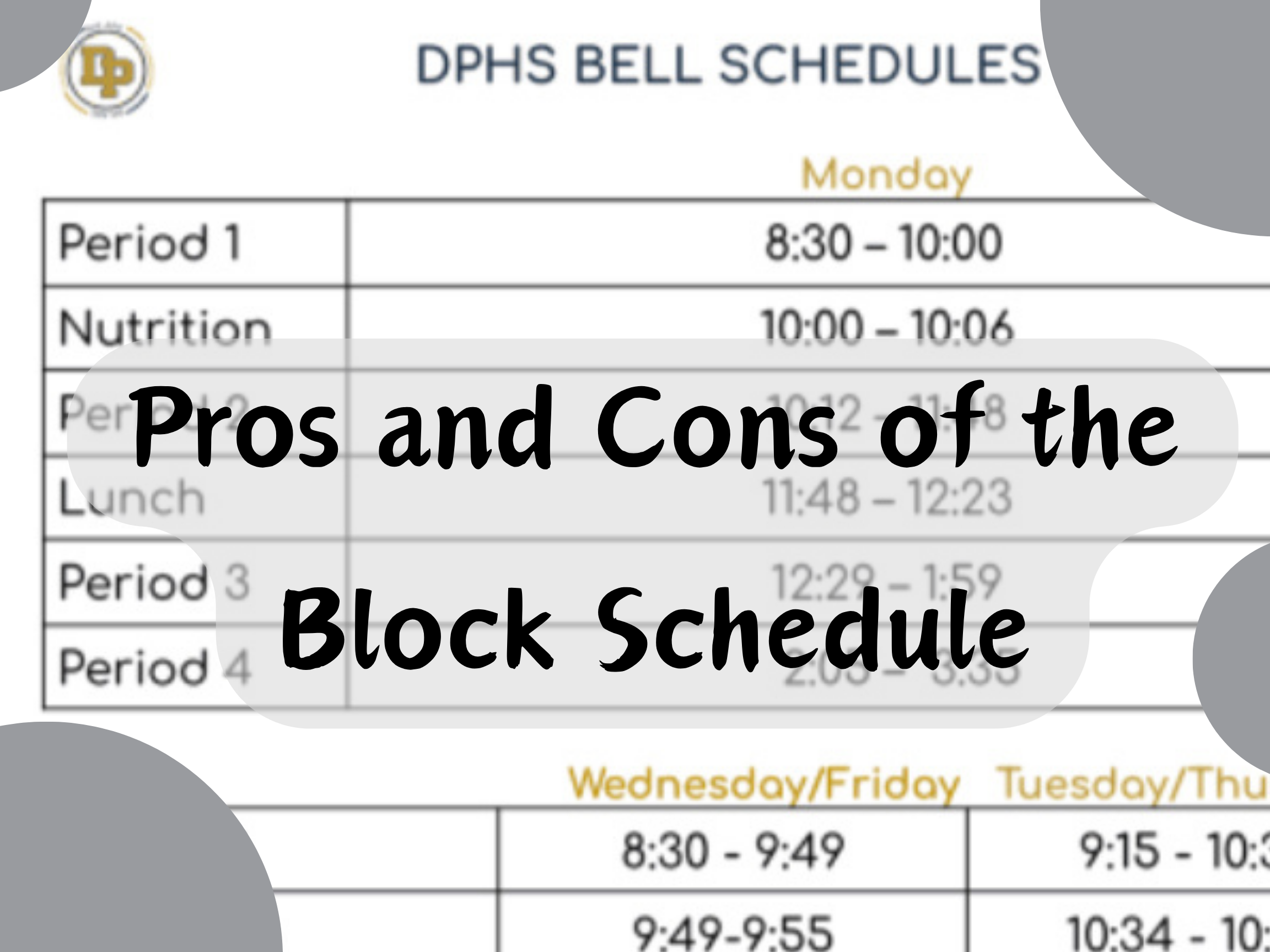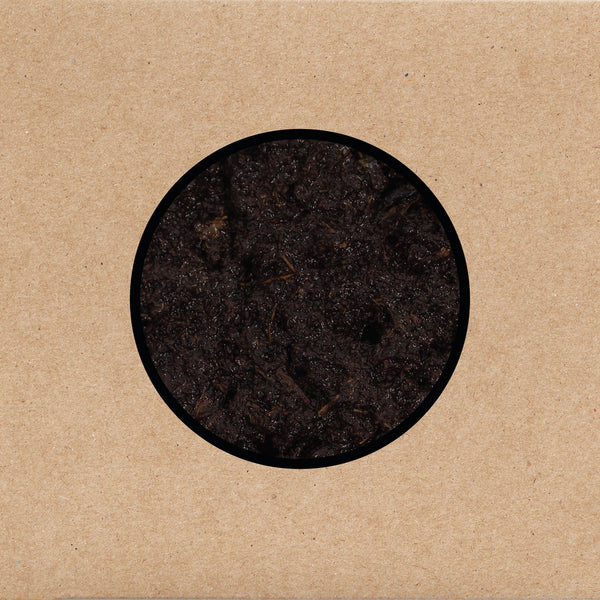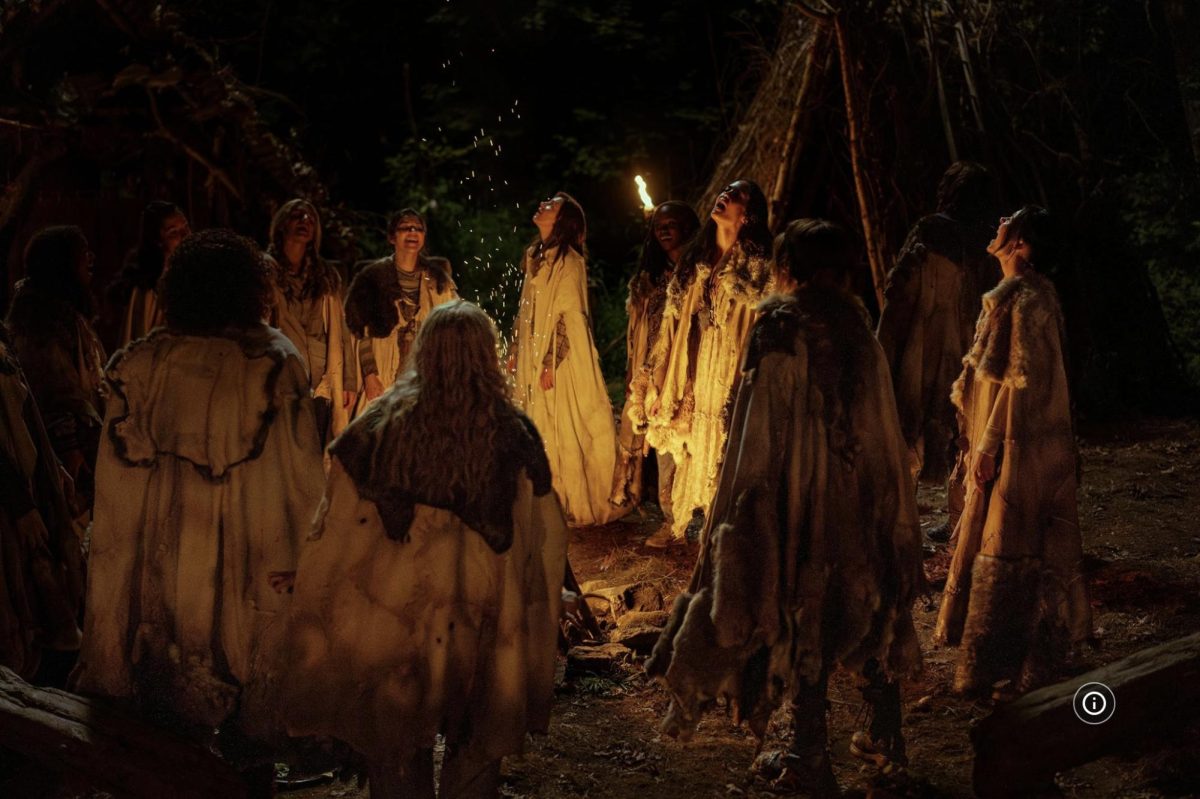High schools in the Santa Barbara Unified School District have been on a block schedule for the past few years. Dos Pueblos High School and Santa Barbara High School made the switch to the block schedule in 2020 during the pandemic, while San Marcos High School has been on the block schedule since the 1990s.
“[It was] due to the fact that we could teach … fewer courses at a time,” said DP Assistant Principal Melissa Ewart. “It was something to kind of help ease a lot of pandemic issues.”
The block schedule means that students take eight classes per year. These eight classes are split up into semesters, meaning students have four classes each semester and longer class periods.
One of the benefits of the block schedule is that it allows students to take more classes in a year.
“Students have way more flexibility and ability to take electives, to complete pathways, to do multiple programs, and to be a student athlete,” Ewart said.
The block schedule also allows students to focus on fewer classes at a time.
“Students are only focusing on two, maybe three content courses at a time,” Ewart said.
“Feedback from a lot of our students and families has been that it has been good to shorten the amount of focus, per year, or per semester.”
It’s also especially helpful for science courses because the longer class periods allow for more time to do labs.
“As a science teacher, I like the longer class periods because it really helps us with continuity in labs,” said Megan O’Carroll, who teaches Advanced Placement and International Baccalaureate Environmental Science at DP. “Something I struggled with before moving to a fully block is when we start a lab, [don’t] have enough time, [and] have to finish it the next day.”
The block schedule also allows for dual enrollment classes to move at a pace similar to how a college class would, since classes in college usually only run for one semester.
“It is a bit more like what you would experience in college,” said Ryan Mooneyham, a Social Studies and dual enrollment teacher at DP. “[It is] unlikely to take a course for more than a semester when you’re in college. So I think in some ways, it’s preparing students a little bit better.”
The block schedule also creates opportunities for higher level dual enrollment classes that cover more difficult curriculum. They have more time to cover the course material, since there is more time for these classes.
“For my dual enrollment classes, it’s really good with calculus and statistics,” said Anuroopa Kalbag, a math teacher at DP. “For calculus in particular, where some of the concepts are very difficult and take a while to explain, we have enough time on a block day to actually get through the whole thing instead of having to break it up into two days.”
But the block schedule can make it difficult for AP and IB classes, since there are key parts of the curriculum that are meant to be covered in a full year. These classes also can’t really cut out any course material, since it has to be covered to prepare students to take the exams that come with these classes.
“We have to cover a lot of content in a really short amount of time, and with an AP class, you don’t really have the luxury of being like, ‘oh, you know, we just won’t cover it this time,’” O’Carroll said. “We have to get through this content in order to offer the kid … what they are signing up for. They’re signing up for the AP or IB class, and they are hoping to be prepared to take that exam.”
While AP and IB classes are already having to go at a much faster rate, they have to go even faster in the spring due to the exams in the beginning of May.
“Teaching [AP and IB classes] in the spring is exceptionally hard because we have … five or six less weeks because the exam is [at] the beginning of May,” O’Carroll said. “So even less time to get through the same amount of content.”
The block schedule can also make things much more difficult for math and language classes due to the speed at which the class is going. It can also be a lot harder for students to retain the knowledge between semesters, since students can go a full year without learning about a subject
“If you have math, one year in the fall, and then math the next year in the spring, that’s an entire two full semesters in between those two, same with language [classes],” Ewart said.
Teachers then have to take the time to help students review the previous course material, since these two subject areas include courses that build off and rely on the knowledge gained from a previous course. Some teachers even find themselves needing to re-teach topics “from scratch” because of how much students forget.
“[Students] could have taken [the class] in the fall of the previous year and then not take it again until the spring of next year,” Kalbag said. “Math is one of those skills where you have to use it or lose it.”
The block schedule can also make it difficult for students to miss school. Since the course material is being covered much faster, students miss a lot more when they are absent.
“Being absent is really difficult when you’re in some of those high level courses, because you miss so much at a time,” Ewart said. “So that’s a big … problem that we’re trying to figure out.”
The way the year-long calendar is set also makes teaching on a block schedule harder because the semesters don’t line up with breaks. With the current year-long calendar, the first semester ends at the end of January after a three week winter break.
“If we had the ability to change our year calendar so that we did one full semester that ended right before winter break, and then started in January and were able to go until maybe the end of May, that would solve a lot of block scheduling problems,” Ewart said. “Especially in the AP and IB classes, because they’re trying to squish so much in the spring semester.”









Michelle • Jan 12, 2025 at 9:56 am
I am a SBHS student who really liked this article. I think it’s very concise and explains everything I feel about the block schedule very well. Great article